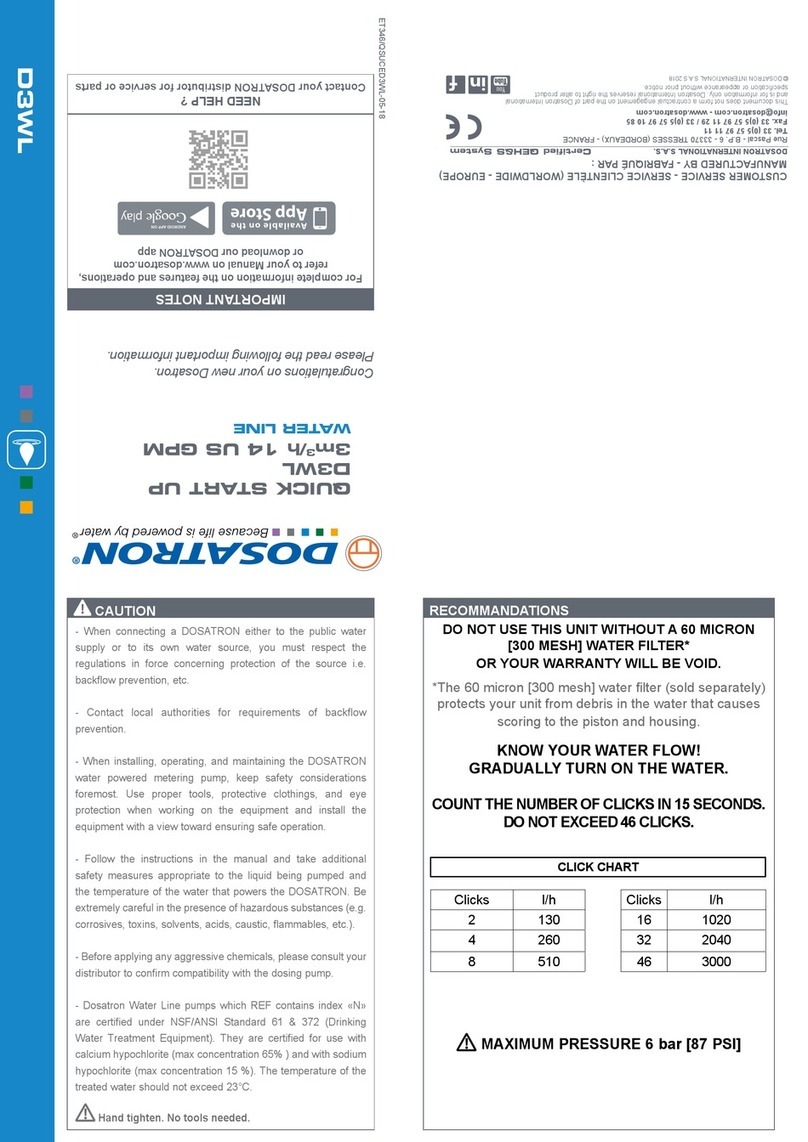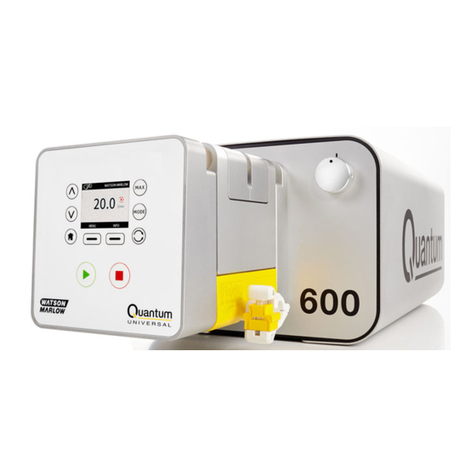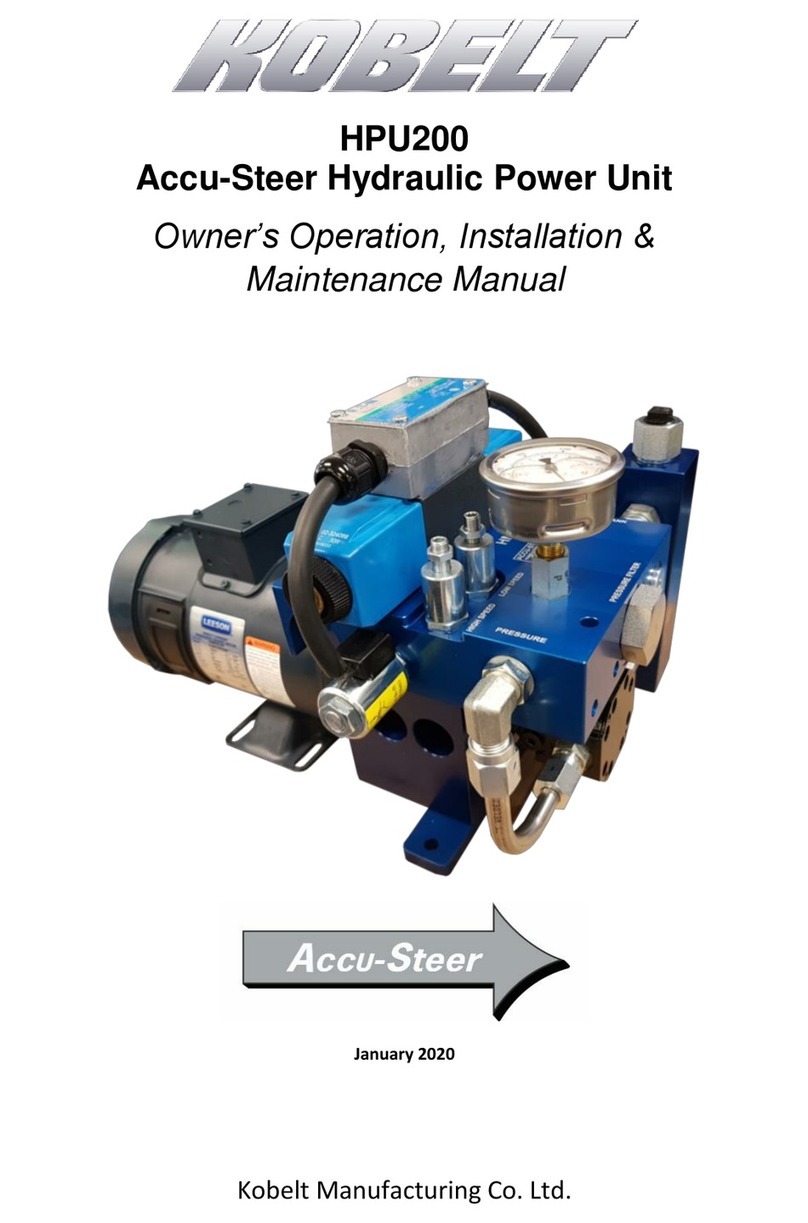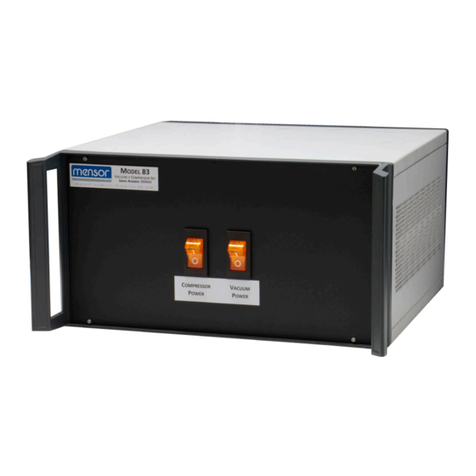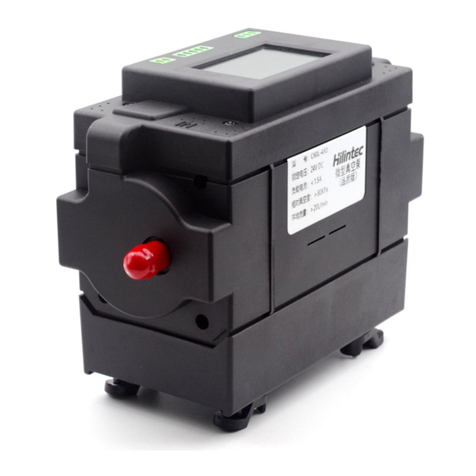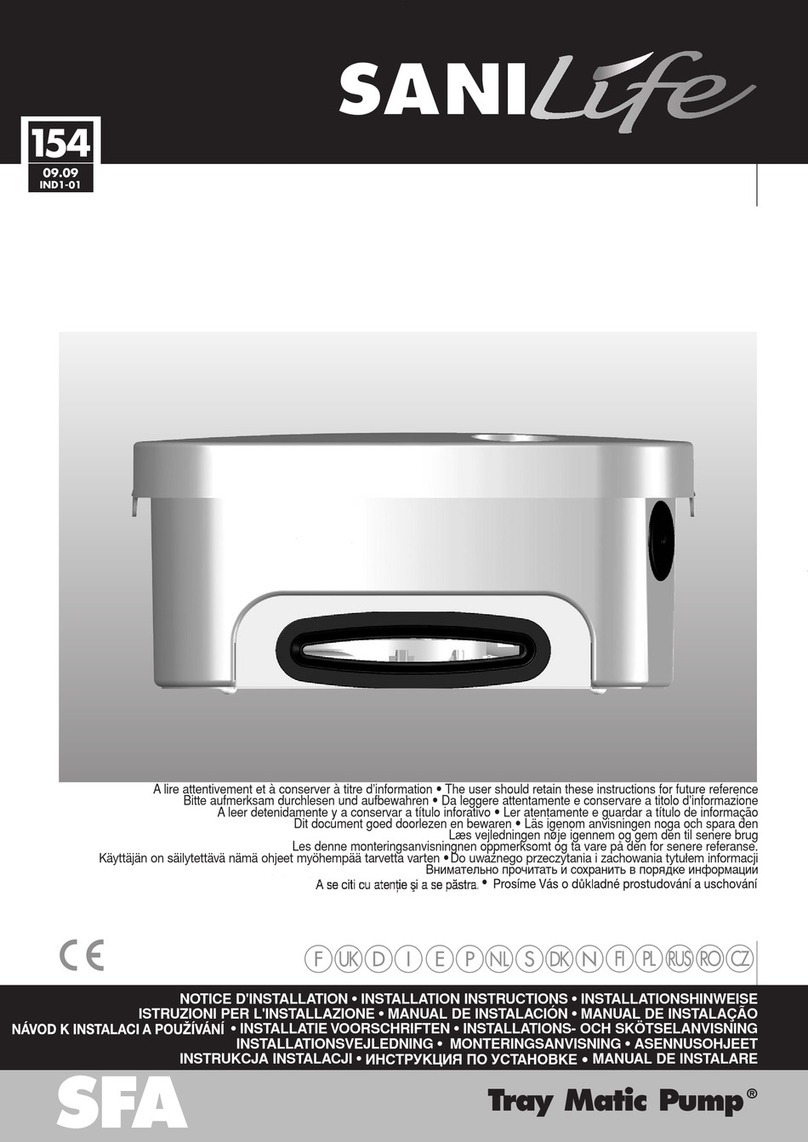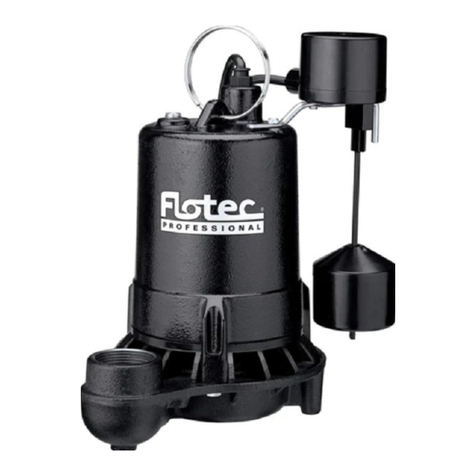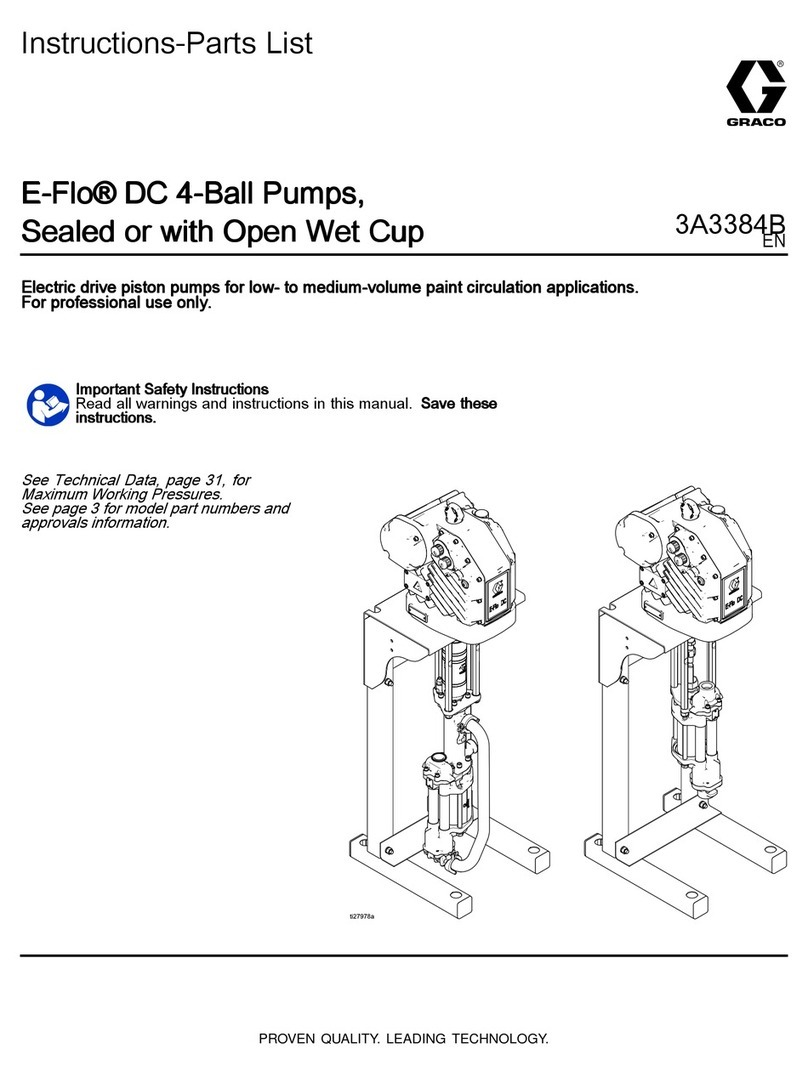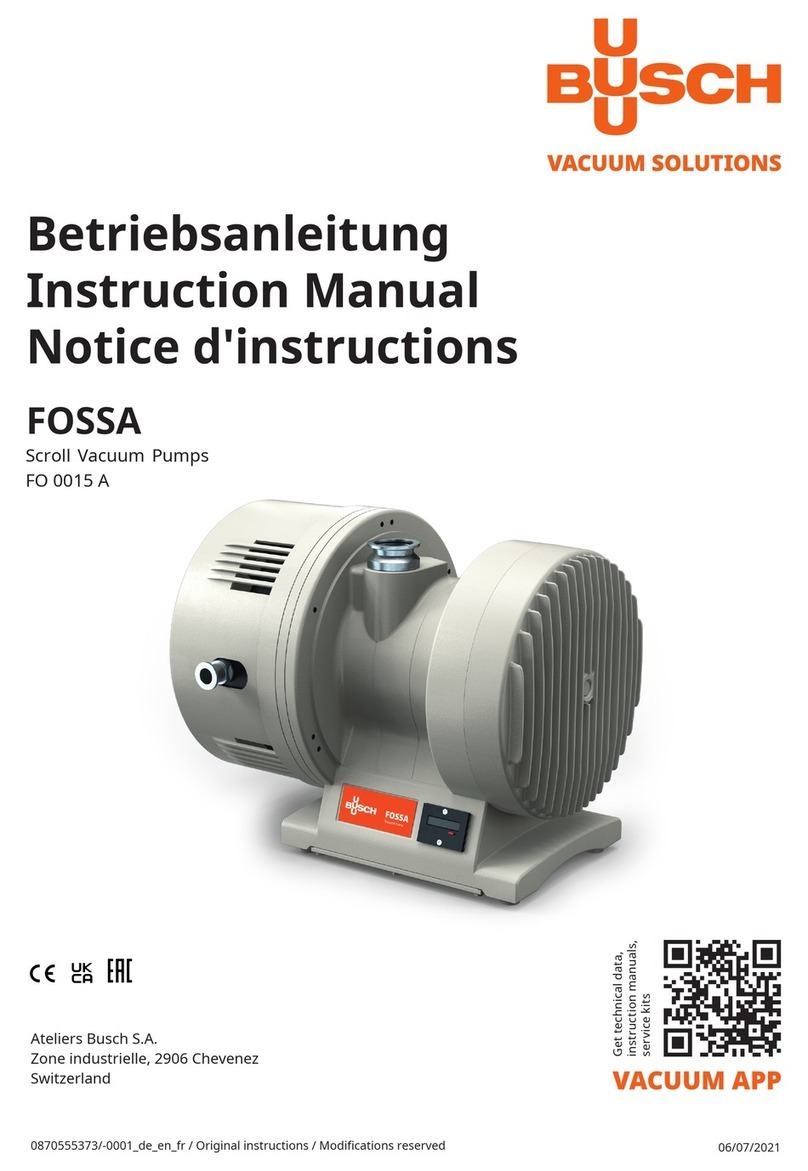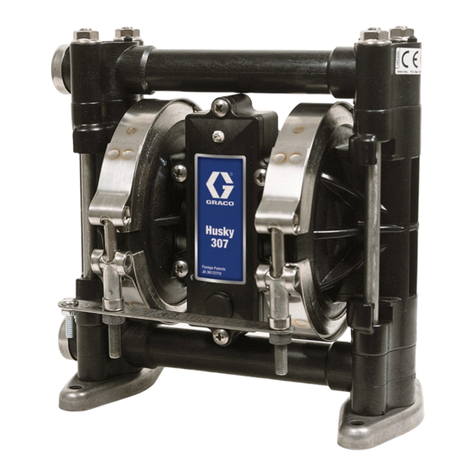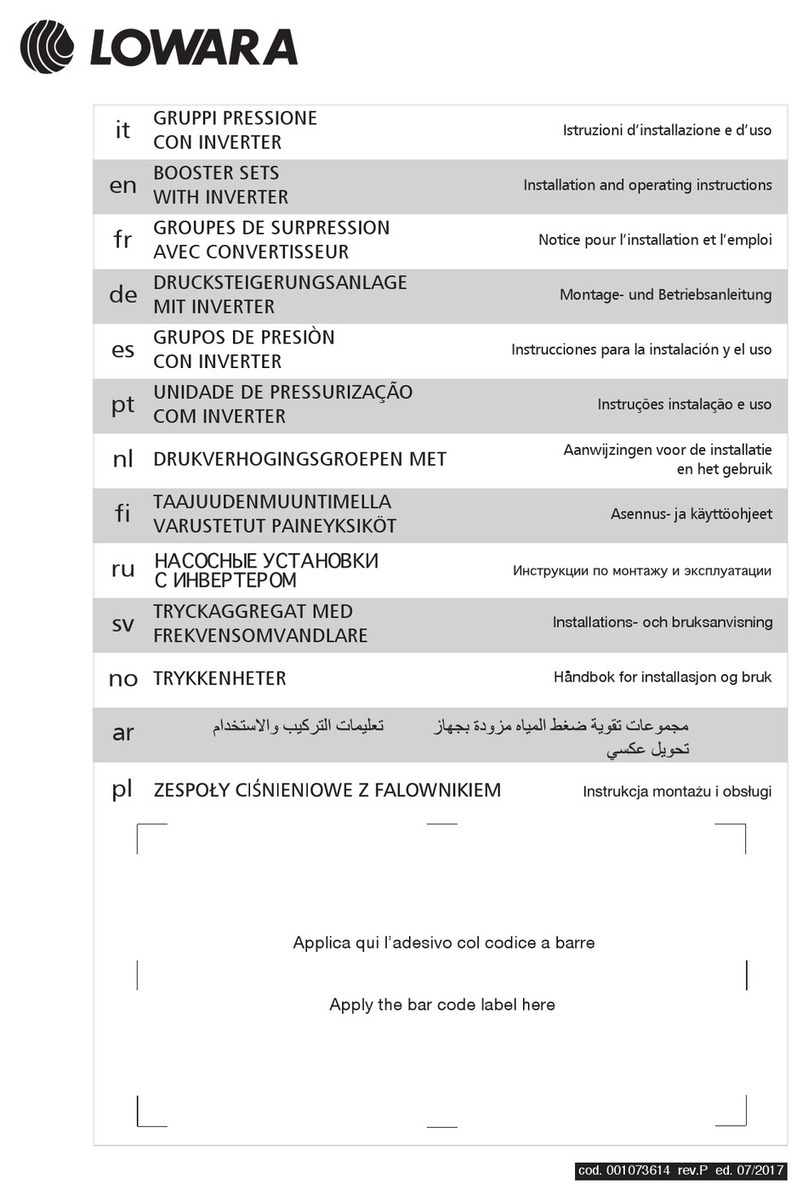Never direct the delivery hose to itself or to any other parts of the pump or the pumping unit.
Make sure that there are not electrical equipment around operating area.
Do not place either fittings or hoses under strong physical shocks. Damaged components have to be replaced because
represent danger.
Prevent hoses from being pinched, bent or trampled. If the pump operates with dangerous liquids constantly check that
the hoses are not worn or in poor condition, then empty the pump and replace it. If the machine has been purchased to
treat explosive substances, make sure that the pump, the suction tube, the connections and all other particular
are anti-spark to prevent to trigger a spark.
When water is used and the pump is placed outside pay attention to winter temperatures as it can fall below zero. Avoid
leaving fluid into the pump as water, when iced, increases it’s volume and could break the body of the pump. For this
kind of use it is highly recommended to empty the pump at the end of each operation.
If the pump body is made of iron or iron bland material, in contact with water can form an oxide film which create
problems sliding on the internal parts of the pump. In this case empty each time the pump and dry it in order to avoid
formation of rust.
In conclusion, we provide a brief summary, as written above, for the installation and use for 35.014 hand
pumps.
1. Make sure the pump is installed in a position where it is accessible for working and maintenance.
2. Fit suitable hose. the manufacturer. recommend, when flexible hoses are required, the use of spiral reinforced
hoses for suction and delivery. Non reinforced tube on the suction side could collapse or kink during operation
and could be badly affecting the pump’s performance.
3. To obtain a good air tight connection, with PVC hoses, between the hose and the pump, soften the hose ends in
boiling water before fitting.
4. Use good quality hose clips.
5. If possible, mount the pump so that the discharge port is at least 30 cm. below the hose's discharge point. This
will ensure positive valve operation.
6. Make sure that there is enough room to obtain the correct movement of the handle.
7. The flow through the pump is in the direction of the arrow on the pump cover.
8. Move the handle of a full stroke. Short quick strokes will result in loss of output.
9. Before any output is obtained will be necessary to make few initial trial strokes. The liquid has to be drawn up
from the suction tube.
10. No routine maintenance is required. However the periodic use of the pump will help ensure a freely valves
operation, that there are not leakages from the diaphragm and that the pump operates when required.
11. When spare parts are required, contact the manufacturer. and provide a correct description of the part, the model
and the quantity required.
12. When re-assembly the pump make sure that the valves seats and faces are clean and that the valves can move
freely.
13. When storage is necessary for a long time empty the pump and keep it in a dry place.
6 - MAINTENANCE
For your own safety adopt safety devices (glasses, gloves, aprons, shoes etc) before working with the pump. Before any
maintenance or repair need to completely discharge the product.
Maintenance or replacement has to be done by qualified personnel only.
To disassembly follow the assembly steps in reverse order.
Also remove hose connection and any strainer and other accessories.
After those steps place 35.014 pump on a work bench, in the case of simple maintenance, check lever's
movement and introduce lubricant fluid.
In case of broken internal parts, the central and the lateral covers can be removed and new parts inserted. Please read
Chapter 10 of this MUM “Technical data”.
When spare parts are required consult the manufacturer. and quote correct description of parts, pump model and quantity
required.
If you do not follow the guidelines above there could be danger for operator’s safety and for the environment. Those
kind of accidents will not be attributable to the manufacturer.









